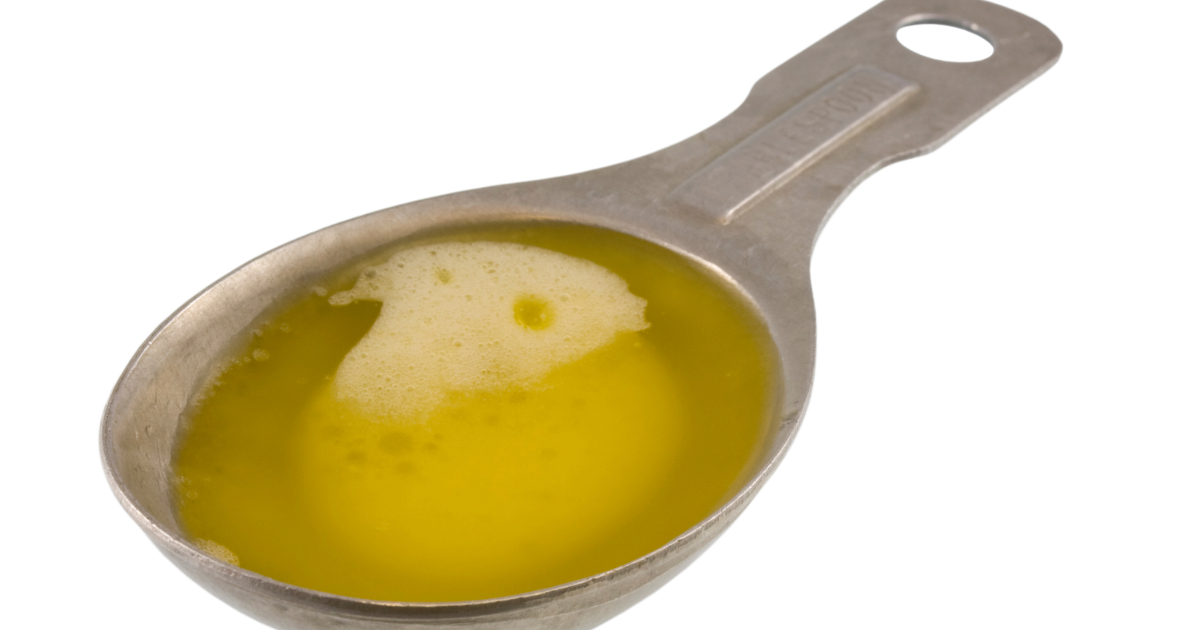Cheese oil, also sometimes called "gheese", refers to the oil that separates and renders out when hard cheeses are melted. When cheeses that are high in fat melt, the fat and proteins separate into two phases - the proteins coagulate while the fat renders out in an oil form. This cheese oil is similar to clarified butter or ghee, but with an intense cheesy flavor.

While rendering cheese oil may sometimes be seen as a sign of "overcooked" cheese, using the flavorful oil for cooking and baking is an innovative technique that is growing in popularity. The rich, fatty oil can impart potent cheesy flavors into a wide variety of dishes. So what exactly is cheese oil, how is it made, and how can you use it at home?
How Cheese Oil is Made
Cheese oil separates naturally from the proteins when harder, aged cheeses high in fat are gently heated and allowed to melt. This happens because the fat molecules in the cheese are able to flow freely at warm temperatures. Here is the basic process:
- Start with a firm, low-moisture cheese that is high in fat - good options include aged cheddar, Parmesan, Manchego, Gruyère, or gouda. The higher the fat content, the more oil will render out.
- Trim off any hard rinds and cut the cheese into small 1/2 inch cubes. This increases the surface area for faster melting.
- Gently heat the cheese in a saucepan, double boiler, microwave, or oven until melted. Take care not to boil or brown the cheese, which can make the flavor bitter.
- Strain out the solids through a fine mesh sieve lined with cheesecloth. Press to remove as much oil as possible.
- Store the fragrant, golden cheese oil in an airtight container. It will keep for several months refrigerated.
Key Takeaway: Cheese oil separates naturally when firm, fatty cheeses are gently melted - no harsh processing required. Straining renders pure oil that carries all the aroma and flavor of the original cheese.
Best Cheeses for Rendering Oil
Nearly any cheese can render oil, but some varieties are better suited than others:
- Aged cheddar - A nicely sharp bandage-wrapped cheddar offers bold, complex flavor. Go for a style aged 1 year or longer.
- Parmesan - This hard Italian cheese is packed with umami, nutty flavors. Grating it first gives more surface area.
- Manchego - The iconic Spanish sheep's milk cheese melts smoothly with grassy, tangy notes.
- Gruyère - The distinctive Swiss cheese makes exceptionally fragrant oil redolent of brown butter and fruit.
- Aged Gouda - As gouda ripens, its creamy flavor intensifies. Go for a 1+ year variety for richest taste.
Cheeses should be fairly firm and low-moisture, with at least 30% milk fat. Soft fresh cheeses like mozzarella, goat cheese, ricotta, or cream cheese tend to get greasy and don't render as much workable oil.
Culinary Uses for Cheese Oil
This pure, flavorful oil opens up many savory applications:
- Enrich soups and risottos - Stir in drops to finish creamy potato, mushroom or onion soups.
- Toss with pasta - Cheese oil mingles exquisitely with hot pasta, adorning dishes from mac and cheese to bucatini cacio e pepe.
- Drizzle over pizza - Finish margherita, quattro formaggi or other pizzas with the oil.
- Make vinaigrettes and salad dressings - Emulsify with vinegar and herbs for bold dressings.
- Fry eggs - The clean taste of farm eggs harmonizes perfectly with cheese oil for breakfast.
- Saute vegetables - Coat rich flavors onto grillable veggies like asparagus, zucchini, eggplant or cauliflower.
- Bake savory pastries - Incorporate into scone dough, biscuits, pastry fillings or toppings.
- Finish grilled meats - A few drops on just-cooked steaks, chops and chicken brings a wonderful savory note.
With endless sweet and savory applications, gourmet cheese oil is an easy way to incorporate potent flavor into cooking and baking. A little of this intensely flavored oil goes a long way!
Benefits of Cooking with Cheese Oil
Using rendered cheese oil offers several advantages in the kitchen:
- Intense, concentrated flavor - Just a few drops can provide a potent cheese essence.
- Naturally thick texture - The oil beautifully coats foods without thinning or compromising richness.
- High smoke point - The oil stands up well to high heat cooking methods like sautéing, stir-frying or pan-frying without burning.
- Long shelf life - Properly stored cheese oil keeps for months refrigerated.
- Economical - Just an ounce or two of cheese makes plenty of oil, stretching expensive cheeses.
- Customization - Tailor oils to suit different dishes by selecting different cheese varieties.
With so many perks, it's easy to see why cheese oil is beloved by creative home cooks and chefs!
| Cheese Variety | Fat Content | Flavor Notes |
|---|---|---|
| Aged Cheddar | 30-35% | Sharp, complex, nutty |
| Parmesan | 30-34% | Rich, savory, salty |
| Manchego | 30%+ | Grassy, tangy, sheepy |
| Gruyère | 45% | Sweet, brown buttery |
| Aged Gouda | 30%+ | Intense creamy, caramelized |
Key Takeaway: Rendering cheese oil concentrates flavorful fat-soluble compounds into a versatile cooking medium that brings big cheesy impact.
How to Store Cheese Oil
Like any artisanal food oil, proper storage is important for preserving cheese oil's flavor and shelf life. Follow these tips:
- Cool and dark - Refrigerate oil after straining; the cold slows rancidity. Store in an opaque container away from light.
- Minimize air exposure - Limit oxygen by keeping cheese oil sealed when not in use. Air causes oxidation.
- Use quickly - Try to use up cheese oil within 2-3 months for freshest taste.
- Avoid contamination - Always use a clean spoon to remove oil; never pour back unused portions.
- Check for mold - Discard if any mold develops or if the flavor turns unpleasant.
With proper handling, most cheese oils stay wonderfully flavorful for 2-3 months stored chilled.
Pro Tip: For long term storage up to 6 months, cheese oil can be frozen for excellent preservation. Thaw refrigerated before using.
FAQs
What's the best cheese for making oil?
Aged, firmer styles with high fat like aged cheddar, Parmesan, Gruyère, or Manchego render beautifully flavored oil.
Does the type of milk matter?
Sheep and goat milk cheeses impart more distinct grassy, tangy flavors. Cow cheeses offer richer, sweeter, and nuttier tones.
How much cheese do I need?
The yield is modest - about 1-2 oz oil can be rendered from 8 oz hard cheese. But a little oil goes a long way flavorwise!
What should I cook cheese oil in?
Opt for thick, heavy pans like enameled cast iron or stainless steel. Nonstick prevents fond formation which boosts cheese flavor.
Can I reuse the leftover cheese solids?
Yes! The proteiny solids make a wonderful, intensely flavored cooking ingredient. Toss into pasta, eggs, soups etc.
Will the oil solidify when chilled?
Yes, cheese oil tends to firm up when cold. Gently warm back to liquid before measuring for recipes.
Conclusion
Melt-straining harder aged cheeses renders an exceptionally tasty artisanal cooking oil that carries the aromas and flavors of the original cheese.
Just a drizzle of this fragrant golden oil can provide a huge flavor boost to all types of savory cooking and baking applications.

